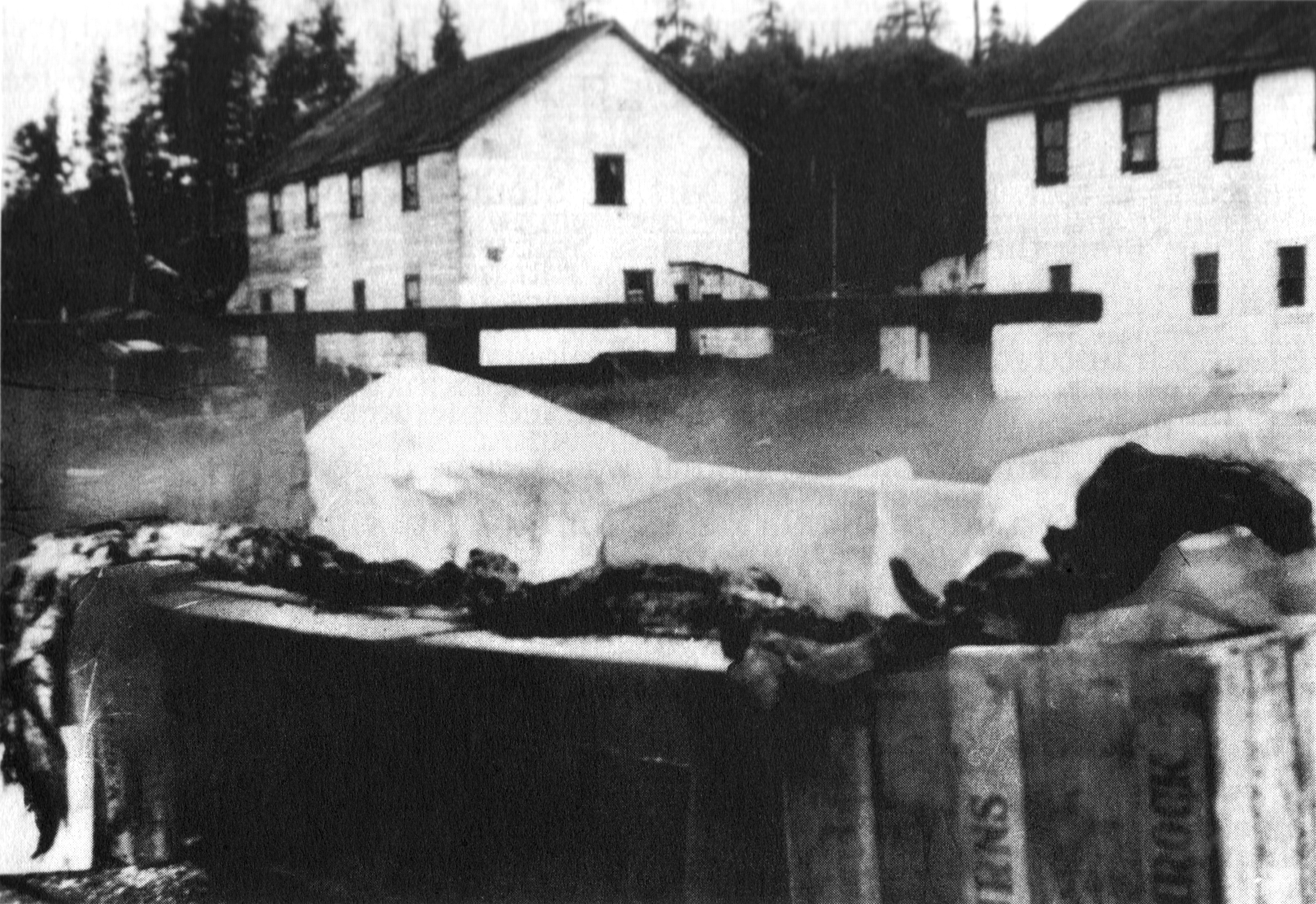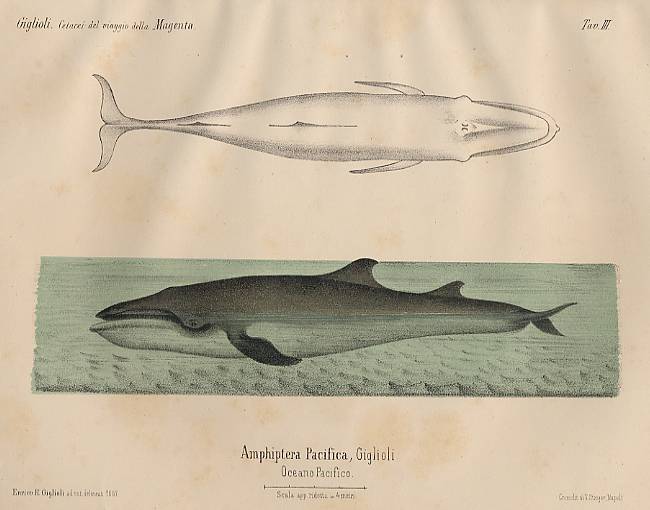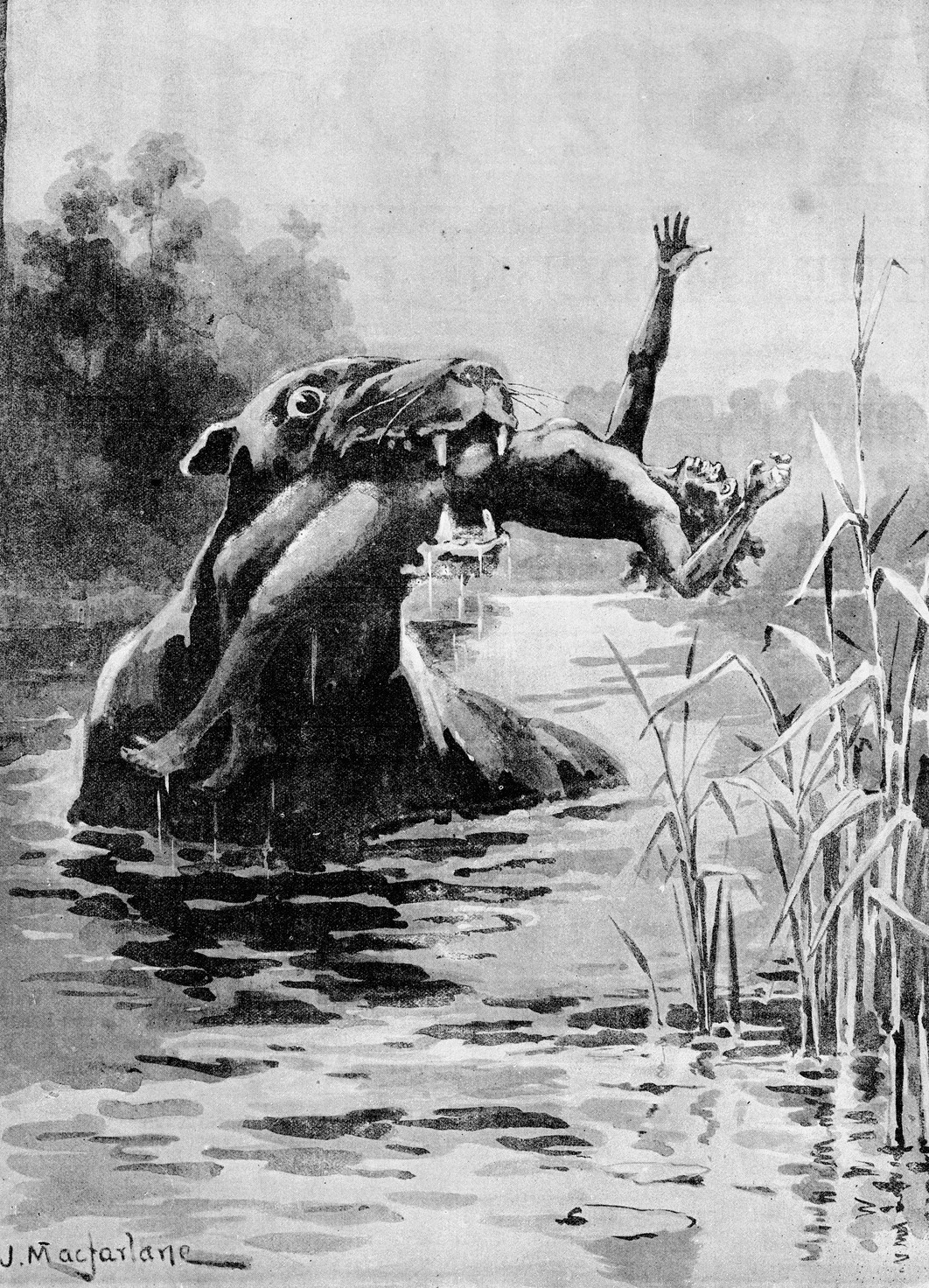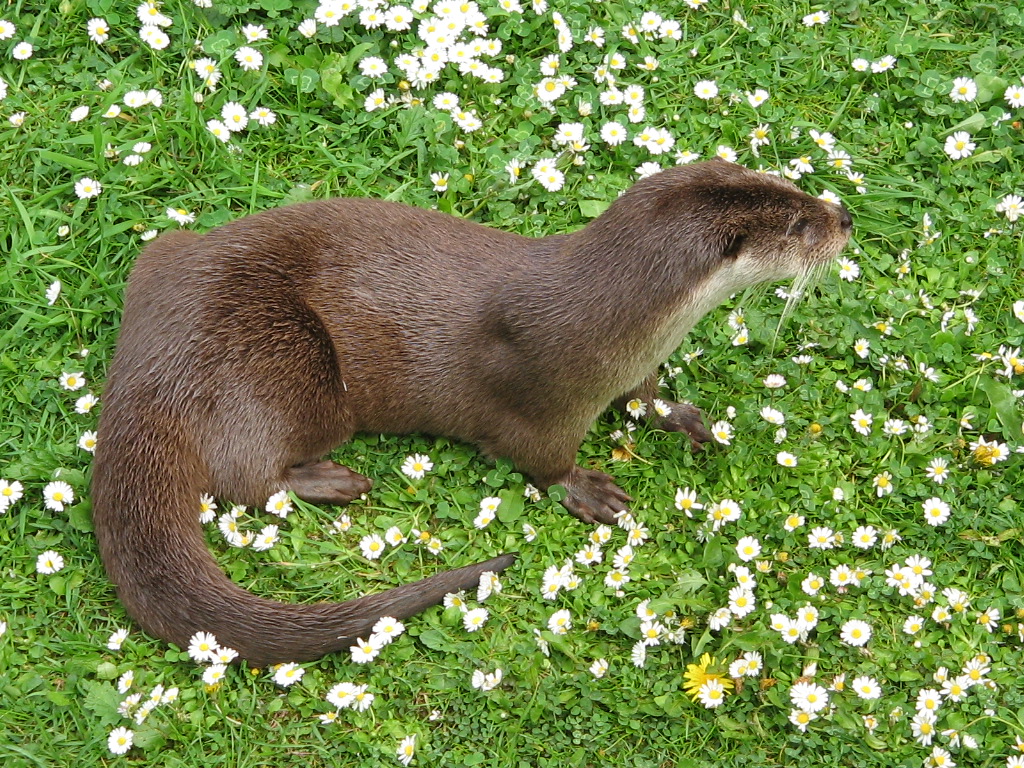|
Cryptid
Cryptids are animals or other beings whose present existence is disputed or unsubstantiated by science. Cryptozoology, the study of cryptids, is a pseudoscience claiming that such beings may exist somewhere in the wild; it has been widely critiqued by scientists.Mullis (2021: 185): "Eschewing the rigors of science, cryptozoologists publish for a popular audience rather than for experts resulting in the practice itself frequently being derided as a pseudoscience."Loxton & Prothero (2013: 332): "Whatever the romantic appeal of monster mysteries, cryptozoology as it exists today is unquestionably a pseudoscience." Loxton & Prothero (2013: 320): "Cryptozoology has a reputation of being part of a general pseudoscientific fringe—just one more facet of paranormal belief." (Both quotes from Donald Prothero)Church (2009: 251–252): "Cryptozoology has acquired a bad reputation as a pseudoscience [...] Until detailed, methodical research becomes standard practice among cryptozoologists ... [...More Info...] [...Related Items...] OR: [Wikipedia] [Google] [Baidu] |
Cryptozoology
Cryptozoology is a pseudoscience and subculture that searches for and studies unknown, legendary, or extinct animals whose present existence is disputed or unsubstantiated, particularly those popular in folklore, such as Bigfoot, the Loch Ness Monster, Yeti, the chupacabra, the Jersey Devil, or the Mokele-mbembe. Cryptozoologists refer to these entities as '' cryptids'', a term coined by the subculture. Because it does not follow the scientific method, cryptozoology is considered a pseudoscience by mainstream science: it is neither a branch of zoology nor of folklore studies. It was originally founded in the 1950s by zoologists Bernard Heuvelmans and Ivan T. Sanderson. Scholars have noted that the subculture rejected mainstream approaches from an early date, and that adherents often express hostility to mainstream science. Scholars studying cryptozoologists and their influence (including cryptozoology's association with Young Earth creationism) noted parallels in crypto ... [...More Info...] [...Related Items...] OR: [Wikipedia] [Google] [Baidu] |
Cryptid Whale
Cryptid whales are cetaceans claimed to exist by cryptozoologists on the basis of informal sightings, but not accepted by taxonomists as they lack formal descriptions of type specimens. Over the past few hundred years, sailors and whalers have reported seeing whales they cannot identify. The most well-known are Giglioli's Whale, the rhinoceros dolphin, Trunko, the high-finned sperm whale, and the Alula whale. Multiple-finned cetaceans Records of two-finned cetaceans have been described in unverified written accounts by naturalists over the past few hundred years. Giglioli's Whale Giglioli's Whale, or ''Amphiptera pacifica'', is a purported species of whale observed by Enrico Hillyer Giglioli. It is described to have two dorsal fins, a feature which no known whales have. On September 4, 1867, on board a ship called the ''Magenta'' about off the coast of Chile, the zoologist spotted a species of whale which he could not recognize. It was very close to the ship (too close to s ... [...More Info...] [...Related Items...] OR: [Wikipedia] [Google] [Baidu] |
Lake Champlain
Lake Champlain ( ; , ) is a natural freshwater lake in North America. It mostly lies between the U.S. states of New York (state), New York and Vermont, but also extends north into the Canadian province of Quebec. The cities of Burlington, Vermont and Plattsburgh, New York are the largest settlements on the lake, and towards the south lies the historic Fort Ticonderoga in New York. The Quebec portion is in the Regional county municipality, regional county municipalities of Le Haut-Richelieu Regional County Municipality, Quebec, Le Haut-Richelieu and Brome-Missisquoi Regional County Municipality, Brome-Missisquoi. There are a number of islands in the lake; the largest include Grand Isle (island), Grand Isle, Isle La Motte and North Hero: all part of Grand Isle County, Vermont. Because of Lake Champlain's connections both to the St. Lawrence Seaway via the Richelieu River, and to the Hudson River via the Champlain Canal, Lake Champlain is sometimes referred to as "The Sixth Great ... [...More Info...] [...Related Items...] OR: [Wikipedia] [Google] [Baidu] |
Paranormal
Paranormal events are purported phenomena described in popular culture, folk, and other non-scientific bodies of knowledge, whose existence within these contexts is described as being beyond the scope of normal scientific understanding. Notable paranormal beliefs include those that pertain to extrasensory perception (for example, telepathy), spiritualism and the pseudosciences of ghost hunting, cryptozoology, and ufology. Proposals regarding the paranormal are different from scientific hypotheses or speculations extrapolated from scientific evidence because scientific ideas are grounded in empirical observations and experimental data gained through the scientific method. In contrast, those who argue for the existence of the paranormal explicitly do not base their arguments on empirical evidence but rather on anecdote, testimony and suspicion. The standard scientific models give the explanation that what appears to be paranormal phenomena is usually a misinterpretation ... [...More Info...] [...Related Items...] OR: [Wikipedia] [Google] [Baidu] |
Cadborosaurus October 1937
''Cadborosaurus'', nicknamed Caddy by journalist Archie Wills, is a sea serpent in the folklore of regions of the Pacific Coast of North America. Its name is derived from Cadboro Bay in Greater Victoria, British Columbia, and the Greek root word "''saurus''" meaning lizard or reptile. Description ''Cadborosaurus willsi'' is said by witnesses to resemble a serpent with vertical coils or humps in tandem behind the horse-like head and long neck, with a pair of small elevating front flippers, and either a pair of hind flippers, or a pair of large webbed hind flippers fused to form a large fan-like tail region that provides forward propulsion.Bousfield, Edward L. & Leblond Paul H. (2000). ''Cadborosaurus: Survivor from the Deep''. Heritage House Publishing. Dr. Paul LeBlond, director of Earth and Ocean Sciences at UBC, and Dr. Edward Blousfield, retired chief zoologist of the Canadian Museum of Nature, state every elongated animal has been put forward as an explanation for Caddy. The ... [...More Info...] [...Related Items...] OR: [Wikipedia] [Google] [Baidu] |
Bunyip
The bunyip is a creature from the aboriginal mythology of southeastern Australia, said to lurk in swamps, billabongs, creeks, riverbeds, and waterholes. Name The origin of the word ''bunyip'' has been traced to the Wemba-Wemba or Wergaia language of the Aboriginal people of Victoria, in South-Eastern Australia. The word ''bunyip'' is usually translated by Aboriginal Australians today as "devil" or "evil spirit". This contemporary translation may not accurately represent the role of the bunyip in pre-contact Aboriginal mythology or its possible origins before written accounts were made. Some modern sources allude to a linguistic connection between the bunyip and Bunjil, "a mythic 'Great Man' who made the mountains, rivers, man, and all the animals". The word ''bahnyip'' first appeared in the ''Sydney Gazette'' in 1812. It was used by James Ives to describe "a large black animal like a seal, with a terrible voice which creates terror among the blacks". Distribution The ... [...More Info...] [...Related Items...] OR: [Wikipedia] [Google] [Baidu] |
Animal
Animals are multicellular, eukaryotic organisms in the Biology, biological Kingdom (biology), kingdom Animalia (). With few exceptions, animals heterotroph, consume organic material, Cellular respiration#Aerobic respiration, breathe oxygen, have myocytes and are motility, able to move, can reproduce sexually, and grow from a hollow sphere of Cell (biology), cells, the blastula, during embryonic development. Animals form a clade, meaning that they arose from a single common ancestor. Over 1.5 million extant taxon, living animal species have been species description, described, of which around 1.05 million are insects, over 85,000 are molluscs, and around 65,000 are vertebrates. It has been estimated there are as many as 7.77 million animal species on Earth. Animal body lengths range from to . They have complex ecologies and biological interaction, interactions with each other and their environments, forming intricate food webs. The scientific study of animals is known as ... [...More Info...] [...Related Items...] OR: [Wikipedia] [Google] [Baidu] |
Irish Central News
Irish commonly refers to: * Someone or something of, from, or related to: ** Ireland, an island situated off the north-western coast of continental Europe ***Éire, Irish language name for the island and the sovereign state *** Erse (other), Scots language name for the Irish language or Irish people ** Republic of Ireland, a sovereign state ** Northern Ireland, a constituent unit of the United Kingdom of Great Britain and Northern Ireland * Irish language, a Celtic Goidelic language of the Indo-European language family spoken in Ireland * Irish English, set of dialects of the English language native to Ireland * Irish people, people of Irish ethnicity Irish may also refer to: Places * Irish Creek (Kansas), a stream in Kansas * Irish Creek (South Dakota), a stream in South Dakota * Irish Lake, Watonwan County, Minnesota * Irish Sea, the body of water which separates the islands of Ireland and Great Britain People * Irish (surname), a list of people * William Irish, pse ... [...More Info...] [...Related Items...] OR: [Wikipedia] [Google] [Baidu] |
Amphiptera Pacifica
Enrico Hillyer Giglioli (13 June 1845 – 16 December 1909) was an Italian zoologist and anthropologist. Giglioli was born in London and first studied there. He obtained a degree in science at the University of Pisa in 1864 and started to teach zoology in Florence in 1869. Marine vertebrates, and invertebrates, were his academic interest but he was a noted amateur ornithologist and photographer. Giglioli was director of the Royal Zoological Museum in Florence, Italy. He wrote up the zoology of the voyage of the corvette on which he had taken over from Filippo de Filippi. Professor De Filippi died in Hong Kong in 1867. He was also involved in the activities of the Florence School of Anthropology and through this developed an interest in ethnography. In 1901, he was elected as a member of the American Philosophical Society. Whale sightings In 1870 he reported seeing a new species of whale (unofficially called Giglioli's Whale) off the coast of Chile long with two dorsal fin ... [...More Info...] [...Related Items...] OR: [Wikipedia] [Google] [Baidu] |
Dobhar-chú
The Dobhar-chú (; ), or King Otter, is a creature of Irish and Scottish folklore. It resembles both a dog and an otter, though it sometimes is described as half dog, half fish. It lives in water and has fur with protective properties. There are little to no written records of the Dobhar-Chú since its legend has relied heavily on oral storytelling and tradition. Description Physical description of the Dobhar-Chú resembles an otter but said to be about five times as large , with a white pelt, black ear tips, and a black cross shape on its back. Though, due to the murky waters it is said to reside in, its pelt may be portrayed as darker. Etymology is one of the two most common Irish words for 'otter'. The modern Irish word for 'water' is ''uisce'' (see whiskey), although ''dobhar'' is also used in placenames. ''Dobhar'' is a much older form and cognates are found in other Celtic languages (e.g. Welsh ''dŵr'' or ''dwfr,'' Cornish ''Dowrgi'' 'waterhound/otter' ). ''Cú'' is ... [...More Info...] [...Related Items...] OR: [Wikipedia] [Google] [Baidu] |
Carnivorous
A carnivore , or meat-eater (Latin, ''caro'', genitive ''carnis'', meaning meat or "flesh" and ''vorare'' meaning "to devour"), is an animal or plant whose nutrition and energy requirements are met by consumption of animal tissues (mainly muscle, fat and other soft tissues) as food, whether through predation or scavenging. Nomenclature Mammal order The technical term for mammals in the order Carnivora is ''carnivoran'', and they are so-named because most member species in the group have a carnivorous diet, but the similarity of the name of the order and the name of the diet causes confusion. Many but not all carnivorans are meat eaters; a few, such as the large and small cats (Felidae) are ''obligate'' carnivores (see below). Other classes of carnivore are highly variable. The ursids (bears), for example: while the Arctic polar bear eats meat almost exclusively (more than 90% of its diet is meat), almost all other bear species are omnivorous, and one species, the gia ... [...More Info...] [...Related Items...] OR: [Wikipedia] [Google] [Baidu] |
Otter
Otters are carnivorous mammals in the subfamily Lutrinae. The 13 extant otter species are all semiaquatic, aquatic, or marine. Lutrinae is a branch of the Mustelidae family, which includes weasels, badgers, mink, and wolverines, among other animals. Otters' habitats include dens known as holts or couches, with their social structure described by terms such as dogs or boars for males, bitches or sows for females, and pups or cubs for offspring. Groups of otters can be referred to as a bevy, family, lodge, romp, or raft when in water, indicating their social and playful characteristics. Otters are known for their distinct feces, termed spraints, which can vary in smell from freshly mown hay to putrefied fish. Otters exhibit a varied life cycle with a gestation period of about 60–86 days, and offspring typically stay with their family for a year. They can live up to 16 years, with their diet mainly consisting of fish and sometimes frogs, birds, or shellfish, depending ... [...More Info...] [...Related Items...] OR: [Wikipedia] [Google] [Baidu] |









